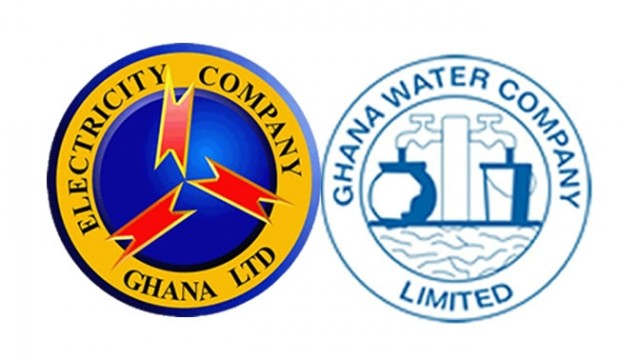Ghana’s Public Utilities Regulatory Commission (PURC) has set a new electricity tariff of 2.45%, effective July 1, 2025, while keeping water tariffs unchanged for the third quarter of the year . This decision—part of PURC’s quarterly review—aims to protect power sector viability while easing the cost burden on water consumers.
Why Electricity Rates Are Rising
PURC attributed the tariff adjustment to a combination of macroeconomic trends and operational costs. Key drivers include:
- Inflation running at an average of 20.67%
- A depreciated Ghana Cedi against the US dollar (₵10.3052/USD)
- Increased Fuel-to-Gas costs averaging $7.7134 per MMBtu
Additionally, PURC noted that GH₵488 million in outstanding revenue from previous quarters, along with the need to maintain reserve power capacity, made the increase necessary for ensuring a steady supply .
Who Pays What? Tariff Breakdown
Here’s how the upward revision impacts household categories:
| Customer Group | Previous Rate (GH₵/kWh) | New Rate (GH₵/kWh) |
| Lifeline (0–30 kWh) | 0.7763 | 0.7953 |
| Residential (31–300 kWh) | 1.8019 | (adjusted 2.45% higher) |
| Non‑residential (301+ kWh) | 2.0217 | (adjusted 2.45% higher) |
| High‑Voltage / Mines | 5.0953 | 5.2209 |
The adjustments reflect PURC’s effort to maintain service while cushioning customers from sharper increases.
Read Also: Tema Oil Refinery Debt Surpasses $517 Million Despite Ongoing Levies
Water Tariffs Freeze Provides Relief
In a much‑welcomed move, water tariffs will remain unchanged at 0.00% for the next quarter. This stability comes despite facing similar inflationary pressures, offering some relief to households already struggling with rising costs .
What Officials Say
PURC emphasized that the tariff revisions are not arbitrary but grounded in economic realities and regulatory obligations. They assured that the electricity adjustments are meant to preserve grid stability and ensure service continuity .
Experts note that frequent, modest adjustments—like this 2.45% increase—are preferable to sudden large hikes, as they help spread the impact more manageably across consumers.
How Consumers Can Prepare
Households and businesses can soften the impact by:
- Switching to energy-efficient appliances and LED lighting
- Tracking consumption carefully, especially during peak times
- Addressing leaks in water systems, even though water costs are stable
- Considering alternative energy sources, like solar, where feasible
Long-Term Outlook and Strategic Focus
While this quarter’s adjustments address immediate sector needs, analysts argue that sustainable solutions are essential:
- Currency stabilisation to reduce the burden of imported fuel costs
- Debt and billing management to prevent future strain on utilities
- Increased investment in renewable energy and infrastructure upgrades
- Regular audits and transparency measures to strengthen trust and efficiency

